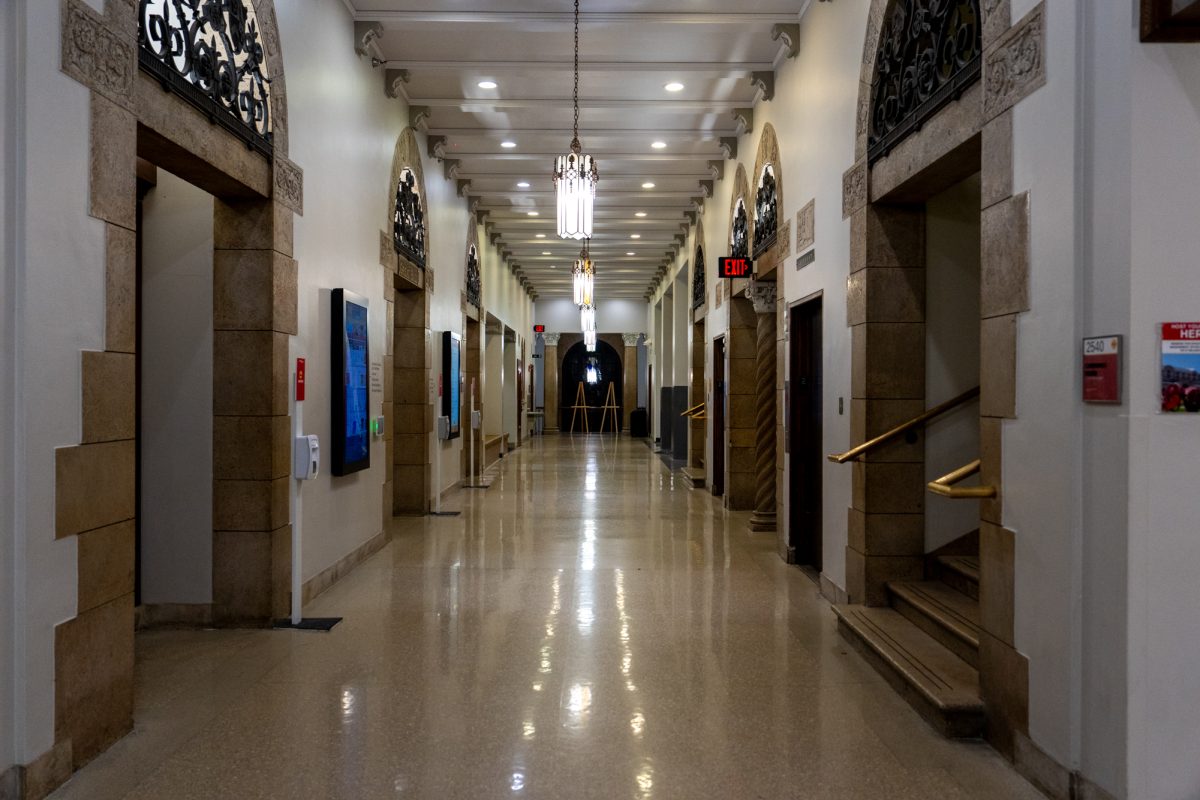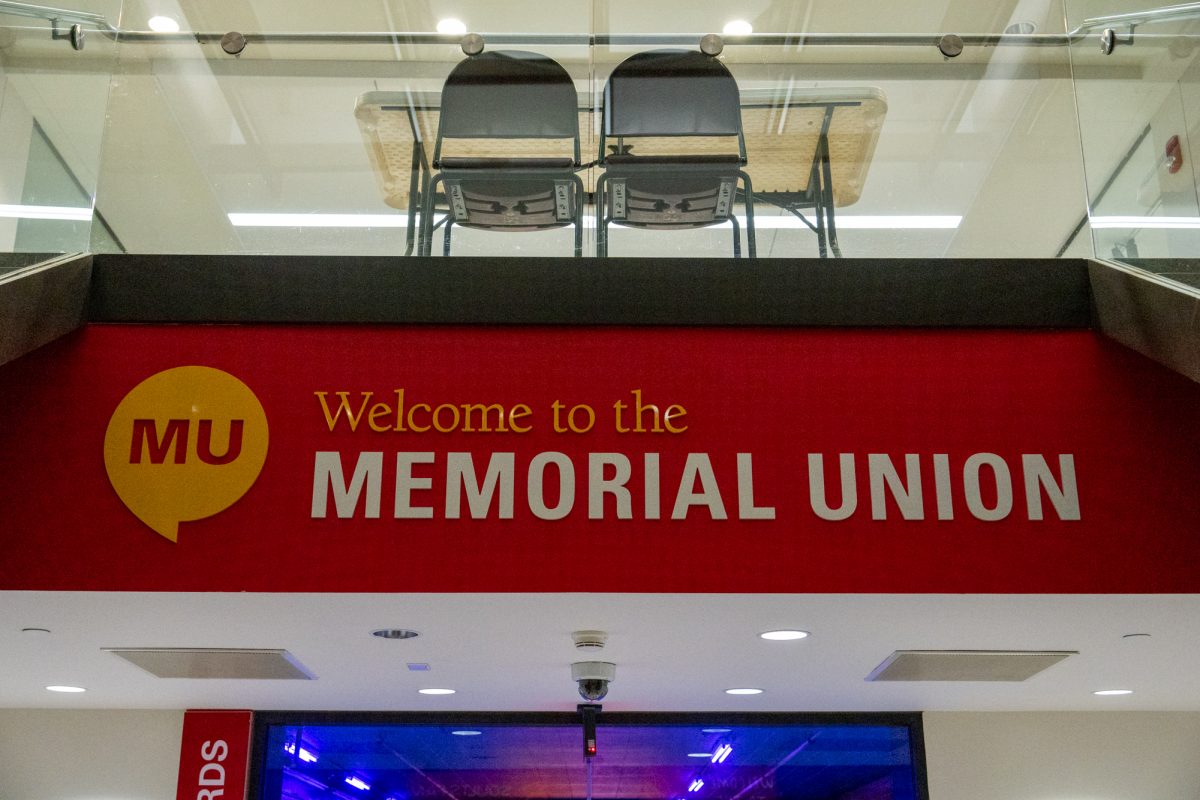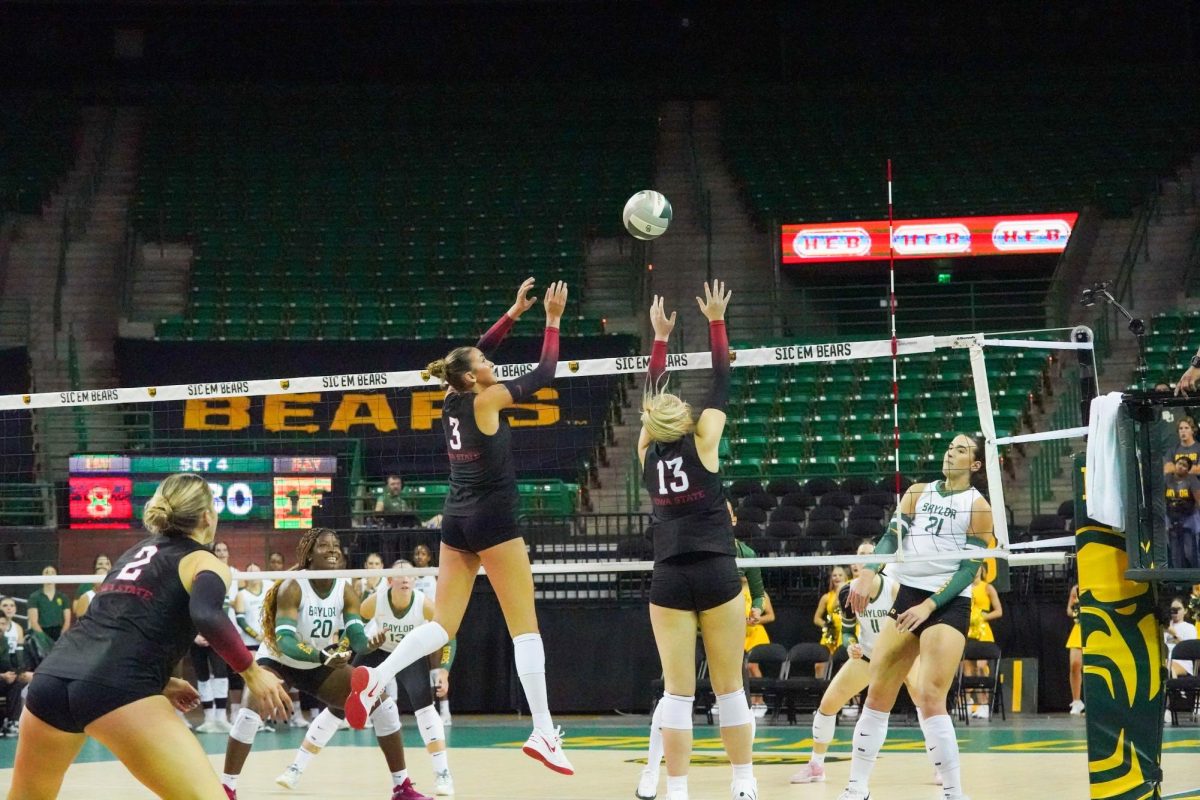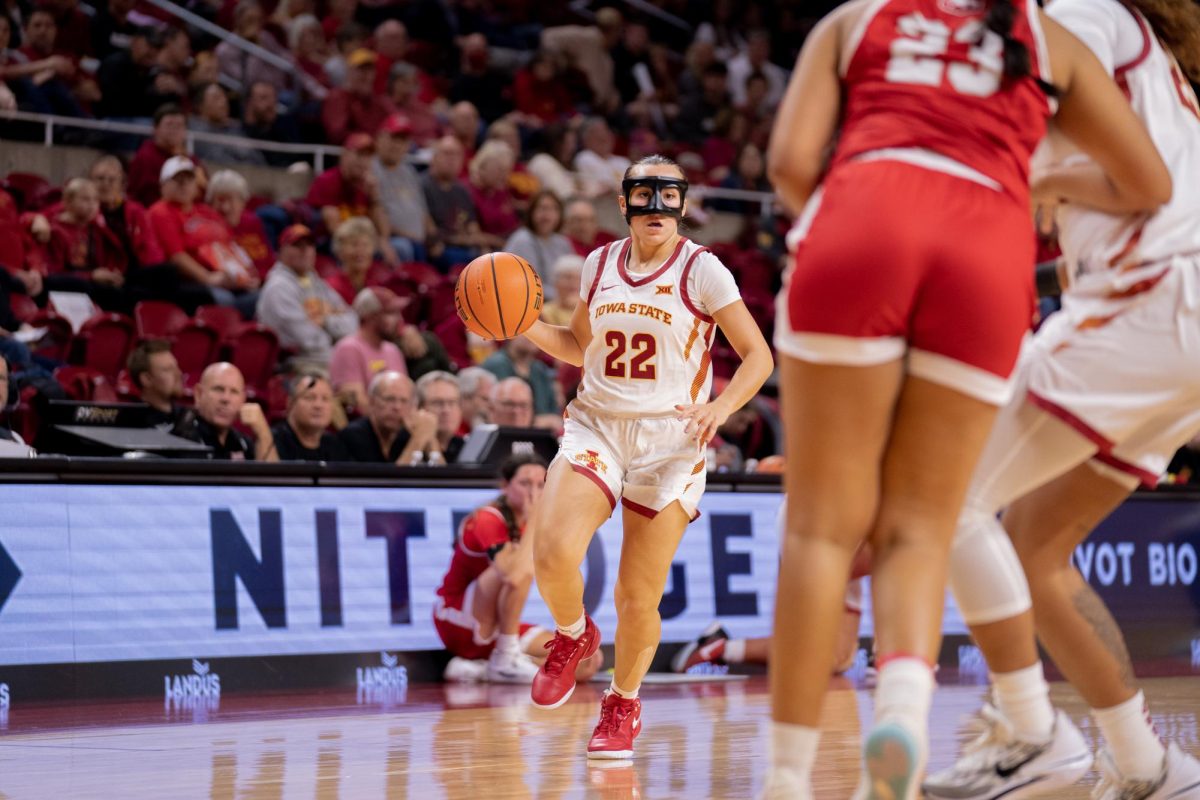Men outnumber women at ISU
September 15, 1995
Editor’s note: This is the final story in a three-part series.
Iowa State was the first land-grant institution founded as a coed school in 1869, but some faculty members still see problems with the way women are treated.
“The environment for women is a difficult one because women are so outnumbered at ISU,” said Mary Ann Tetreault, former director of the Carrie Chapman Catt Center for Women and Politics.
There is also an unconscious application of a uniform standard applied to women, leaving them at a disadvantage, Tetreault said.
In two out of three categories of employees at ISU, men dominate. Men make up 73.3 percent and women make up 26.7 percent of the faculty and staff. Men make up 54.4 percent and women make up 45.8 percent of professional and scientific employees. Men make up 32.7 and women make up 67.3 percent of the university’s merit employees — clerical, technical and custodial workers.
“Women’s accomplishments are evaluated differently than men’s,” Tetreault said.
Also, female students are often given different professional advice than men, she said. She added that sometimes, women are pressured into service roles by their supervisors and men are not pressured as often.
Tetreault said the problem with ISU and other similar institutions is that an environment has been created where people don’t think they are treating women unfairly, when in fact, they are. She said it is an unconscious ideology.
But, Tetreault said, groups from places such as the Center for Women in Science and Engineering and the Carrie Chapman Catt Center try to overcome these problems.
Often it is too late to change peoples’ ideas by the time students get to ISU, she added, because subtle discrimination against women is experienced in grade school and high school. Female students may not realize they are being discriminated against.
Tetreault said even she has been discriminated against at ISU.
“A larger number of people and organizations need to make an effort with respect to gender,” Tetreault said.
She said she doesn’t know if the administration perceives a problem. However, discrimination at ISU doesn’t go across the board — discrimination is an individual problem, Tetreault said.
Sexual harassment is also not regarded as a problem at many universities, Tetreault said. Universities often don’t say anything about sexual harassment cases, perpetuating the stigma. The new Catt Center, which will be dedicated the first week in October, is a positive step in dealing with women’s issues, but it is too early to tell how big of an impact the center will have on the university, Tetreault said.
“The fact that efforts still need to be made is a reflection of the discrimination which still exists,” she said.
Patrick James, chairman of the Political Science Department, said he thinks there has been a “tremendous amount of progress made” toward equal rights at ISU.
Women are in more important roles and it is a more usual environment for business today, he said.
“A founding of acceptance has been through the Catt Center,” James said. He said the Catt Center is an organization that has been very involved and is a good measurement of the atmosphere at ISU.
James said there are several positive female role models at ISU, who are “instrumental in getting things going.”
There are women in distinguished positions on campus that are good examples of progress toward equal rights, he said.
But Mary Ann Evans, associate to the provost and director of women in science and engineering, said she still sees some obstacles for women at ISU.
While conditions have improved, Evans said some women are not treated fairly by other students and also by a few faculty members.
Evan said a good example is when a faculty member in a laboratory situation would try to do the project for the woman who asked for help, instead of encouraging and helping the woman to think the problem through herself.
“The problem is not just on the university level and requires people to continually be aware of the fact that women are treated differently,” Evans said.
Sexual discrimination happens on an individual basis and the university needs to make everyone know that it is unacceptable, she said.
Associate Provost Edwin Lewis said he is not in the position to say there isn’t any discrimination, but the university would handle the situation if it should arise. Lewis said he is not aware of any systematic discrimination, but there may be pockets he is not aware of.
Jennifer Sulentic, vice president of the Government of the Student Body, said she felt there wasn’t a negative atmosphere on campus. “The gaps are closing,” she said.
Women are getting involved in stereotypical, male-dominated fields and increasing the overall population at ISU, she said.
The total student population at ISU is 24,431. There are 14,003 men and 10,428 women on campus.






